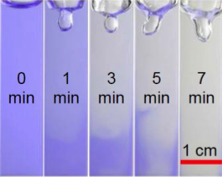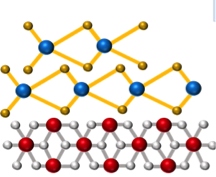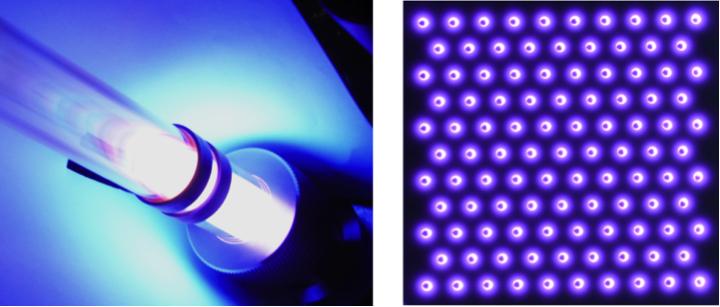Plasmas
Plasma science and engineering is making the world safer, healthier, and greener.
Plasmas are often referred to as the fourth state of matter, which characterizes a partly or fully ionized gas, in which some or all of the gas atoms have been stripped of some of their electrons. The liberated electrons can easily be accelerated by electric fields, giving them not only energy to ionize further gas atoms but also to dissociate molecules and create a highly reactive gaseous environment that enables many applications.
The impact of plasma-based technologies on human life and society is profound and continues to grow. Today, every single chip or semiconductor device used by humans is produced with numerous plasma processing steps in its fabrication. Plasmas are used to sterilize drinking water, deposit anti-reflection coatings on windows, enhance adhesion properties of plastics for printing and automotive applications, and remove harmful particulates from building air and polluted gas streams of industry.
Research in the High Temperature and Plasma Laboratory encompasses plasma science and engineering within the following impact areas:

|
ENERGY TRANSITION
|

|
ENVIRONMENT & SUSTAINABILITY
|

|
HUMAN HEALTH
|

|
NEXT-GEN MANUFACTURING
|
Take a look around our labs.
Plasma Science and Engineering Group (formerly the Cold Plasma Diagnostics and Applications Lab)
Plasma Renewable Energy Materials Lab
